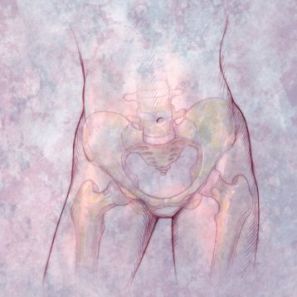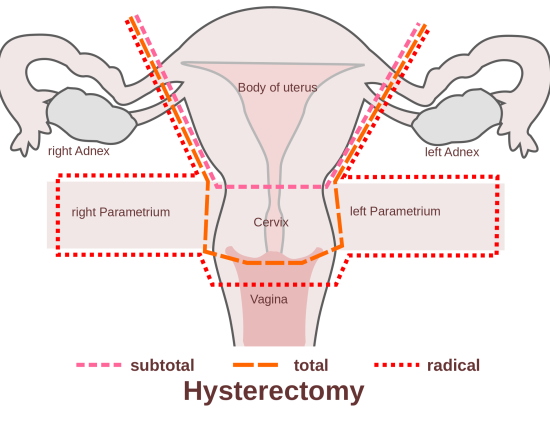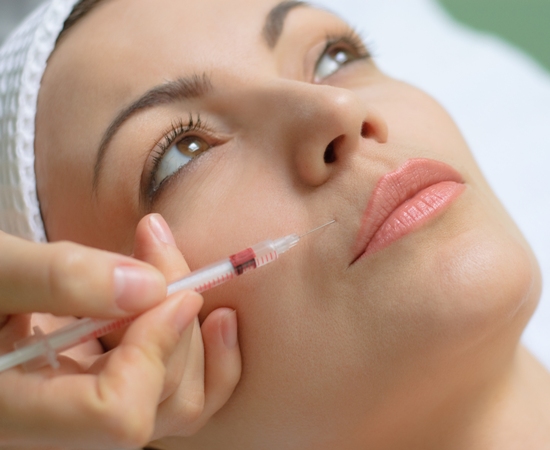Pelvic inflammatory disease is a generic term used to denote any inflammation of the fallopian tubes, ovaries or the uterus and the formation of any adhesions (scar tissue) into the nearby organs. The infections can be viral, bacterial, parasitic or fungal and the pelvic inflammatory disease treatment depends upon the nature of the infection.
The aim of pelvic inflammatory disease treatment is to alleviate symptoms and remove current infection so that the infection may not pass to partners. Identification and timely treatment of PID (pelvic inflammatory disease) is also necessary so that there is no negative impact on a woman’s fertility. Untreated PID could result in certain permanent problems and so treatment is important to begin as soon as possible.

PID Prevention
Practicing safe sex or abstinence is one of the most effective methods of preventing infections of this type. Discuss sexually transmitted infection history with a partner and if possible get them tested before intercourse.
After a pregnancy and childbirth, it is important to avoid vaginal sexual activity for a time to ensure that the cervix has adequate opportunity for proper closing.
Regular gynecological exams and recommended screening for any abnormalities, sexual infection is important for preventing PID, because PID can sometimes be symptom less.
If any symptoms do present, or if it comes to light that a sex partner has a history of STIs, appropriate pelvic inflammatory disease treatment should be started at once.
Rather than one kind of disease, PIDs refer to a number of different conditions such as Cervicitis (cervix inflammation) salpingitis (fallopian tubes inflammation), endometriosis (uterine lining inflammation), peritonitis (inflammation of the abdominal lining) and many sexually transmitted infections as well.
When to seek pelvic inflammatory disease treatment
Symptoms of PID may range from the non-existent to the severe and usually manifest as cervical motion tenderness, lower abdominal pain, changes in vaginal discharge, fever pain during or after intercourse, unexplained vaginal bleeding, irregular periods and so on.
The following options are usually used for pelvic inflammatory disease treatment –
Antibiotics
The first line of treatment for PID is usually a course of antibiotics of the type that should be based on the type of infection detected. However antibiotics may be effective in treating only about 33 to 75 per cent of cases. If improvement of the infection and its symptoms is not noted within about three to four days of antibiotic treatment, further treatment should be taken. This may be administered by further oral antibiotics or intravenously administered medications.
Surgery
Sometimes antibiotics are not effective or adequate treatment, particularly when adhesions or scar tissue as developed and in this case surgical intervention may be required for treating the PID. Procedures such as simple drainage, adhesiolysis, and copious irrigation or unilateral adnexectomy, can be used as pelvic inflammatory disease treatment.
The aim of surgical treatment for PID is to conserve reproductive organs and fertility as far as possible. In about 15 to 20 per cent cases however, follow up or further surgical treatment may be required.






